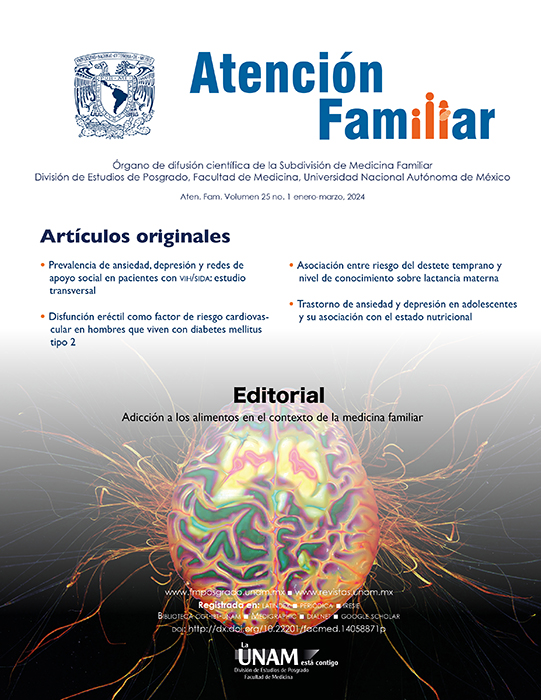Factores biopsicosociales asociados a la homosexualidad y otras variantes de orientación sexual
Contenido principal del artículo
Resumen
Se ha estimado que cerca del 9% de la población mundial pertenece a la población de lesbianas, gays, bisexuales y transexuales (LGBT), con un importante subregistro en muchos de los países, por motivos culturales, religiosos y de violencia. En México, más de cinco millones de personas pertenecen a esta comunidad y son motivo de estigmatización y discriminación. Existe poca evidencia científica publicada respecto a factores biológicos que contribuyen al desarrollo de la orientación sexual, entre estos se encuentran la influencia hormonal, la genética o la inmunológica. El desarrollo psicosexual ha sido descrito abordando las interacciones de los individuos con la sociedad y sus efectos en la salud mental. No hay evidencia clara del origen de las diferencias en el desarrollo de la identidad y orientación sexual, pudiendo ser de origen multifactorial. La falta de aceptación y comprensión social genera riesgos acentuados en la salud física y mental dentro de la comunidad lgbt, llevando a los individuos a presentar con mayor frecuencia alteraciones psiquiátricas como la depresión, ansiedad e incluso intento suicida; dado lo anterior, el objetivo de este trabajo fue analizar los factores asociados al comportamiento sexual en las personas de la población lgbt y sus efectos en la salud mental.
Descargas
Detalles del artículo
Citas en Dimensions Service

Esta obra está bajo una licencia internacional Creative Commons Atribución-NoComercial-SinDerivadas 4.0.
